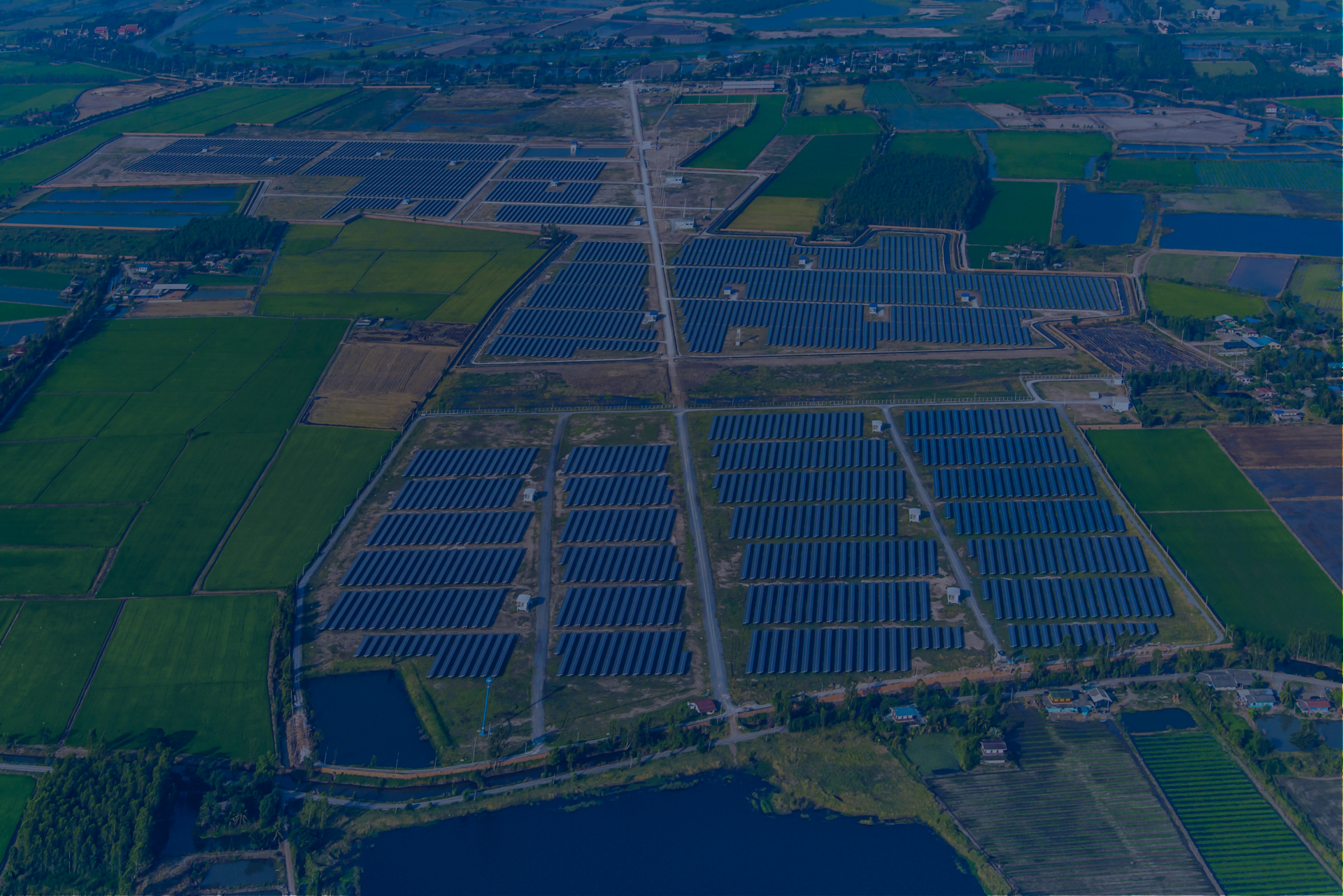How A.I. Helps Wind Turbine Operators Detect Overheating Faster

Stay in touch
Subscribe to our newsletter for expert insights, company updates, and the latest in renewable energy management solutions.
Did you know that up to 30% of a wind farm’s lifetime cost can be attributed to component failure and maintenance costs? Because of this, software solutions that can help predict component failure and reduce downtime are a major competitive advantage for wind turbine owners.
The good news is that wind turbines produce large amounts of data about their state and performance. This data often reveals problems, such as overheating oil, wearing gears, or parts that need replacing. But data isn’t always enough. You have to know how to interpret it.
Greenbyte’s artificial intelligence add-on, Predict, is a temperature-based condition monitoring system that uses artificial intelligence to sift through all this data to identify subtle signs of potential issues. These signs can often be missed by human operators.
When Predict spots a problem, it creates an alert so that engineers can investigate the data. If the evidence confirms that a component is showing signs of degradation, managers can schedule maintenance work at a time that makes sense — both from an operational and economic perspective. This can significantly improve the performance of a wind farm.
How a European Utility Uses Greenbyte Predict
Our work with a European utility demonstrates just how much Predict can impact performance. The company began using Power Factors’ Greenbyte asset performance management platform in 2017.
With a diverse portfolio of conventional and renewable energy assets, the company started using Greenbyte on a smaller segment of its wind farms in early 2018. They now use it to manage their entire wind portfolio. They also became one of the first customers to use Predict.

The company used Predict at six onshore and offshore wind farms where it had a financial exposure for the cost of lost production. The portfolio includes projects with turbines ranging between 1.5MW and 3MW from four different manufacturers.
Their main challenge was that their service contracts with the four wind turbines did not cover the full cost of lost production. As a result, downtime was a costly drag on the portfolio’s financial performance.
Our solution was to implement Predict. By analyzing the turbine’s supervisory control and data acquisition (SCADA) data, we could anticipate problems faster and resolve them before components failed, keeping lost production to a minimum.
One of these projects involved a 120 MW offshore wind farm made up of 60 2MW Vestas turbines that was commissioned in 2008.
It is owned 100% by the company and is one of the longest-running offshore wind farms in operation. Because they already had several years of experience managing and maintaining the project, it was a perfect test case.
One of the company’s asset analysts said our analysis had been beneficial for its asset management work: “Predict has helped us get a better insight into our portfolio and stay on top of things that need to be done to improve our performance.”
How the analysis project worked
Over a six-month period, Predict identified 17 impending component failures, proving the effectiveness of Predict to anticipate problems before they became failures. Our analysis allowed the company to repair or replace turbine components in a controlled manner, with minimal downtime, eliminating many days of downtime and keeping the company’s turbines turning.
Our project had two distinct phases:
Phase 1 involved a retrospective analysis of one year’s worth of SCADA data. We could then show how and when Predict would have detected past problems.
Phase 2 was a live six-month project, with Predict running across the fleet of six onshore and offshore wind farms.
Using data to anticipate problems makes sense for businesses. However, an over-sensitive condition monitoring system can create more problems than it solves if it encourages owners to take projects offline for investigation when they don’t need it.
Predict avoids this risk by using a network of AI-based models that are trained to learn from SCADA data. This intelligence reduces the occurrence of false-positives and ensures you only need to respond to genuine issues.
A performance assessment of Predict, using a test data set of 162 wind turbines that are operated by multiple companies, achieved a precision of 93.8% and a recall rate (percentage of faults that can be detected) of 76.2%.
Predicting the failures
During the two phases of implementation, Predict identified 17 component failures that were verified by maintenance records and inspections by maintenance teams.
The graphic below shows the range of component failures identified by Predict:

Three issues identified by Predict
The value of Predict rests on the potential for avoiding unplanned downtime, and in being able to make minor repairs before major repairs are required. The following are three examples of the issues we identified for the company.
Example 1: High temperatures in the converter system
Predict detected high temperatures in four elements of a turbine’s converter system.
The chart below shows a comparison of actual and model-estimated temperatures for one component. You can see that Predict was able to identify an anomaly that is hard to spot with the naked eye.
We notified their team of the issue and engineers inspected the turbine but did not complete a detailed assessment.
Predict alerts continued, and temperatures began to rise. The turbine was eventually stopped, and engineers discovered a clogged IGBT fan that required cleaning.

Benefits of early detection:
- Reduced downtime (approximately 9 hours)
- Controlled maintenance
- Reduction in stress and wear through frequent stop/starts
Example 2: High temperatures in hydraulic oil
Predict indicated high hydraulic oil temperatures in one of the turbines.
The actual temperatures were far higher than those estimated (see chart below). Predict had detected a similar issue in another turbine, which was verified using historical data. The company was able to notify its maintenance team about the probable cause, which was a problem with the rotating union in the central hydraulic system.
The maintenance crew verified the issue and scheduled proactive maintenance to remedy the problem.

Benefits of early detection:
- Prevented up to six days of downtime, which was the case for a similar failure
- Avoided breakdown and additional stress on other components
Example 3: Overheating gearbox
Predict detected raised temperatures in a turbine gearbox. This slight deviation was too small to be detected by the SCADA system (see chart below) but Predict had previously detected a similar issue on another customer’s fleet. In the other case, a thermal bypass valve was replaced, and the temperatures returned to normal.
The company checked the maintenance record for this turbine and found that, in this case, the issue was also connected to a thermal bypass valve.

Benefits of early detection:
- Prevented around 46 hours of downtime
- Reduce stress on gearbox components
- Extend the life of components and lubrication oil
Conclusion
This case study shows how Greenbyte Predict uses advanced modeling to help owners keep turbines running and boost their returns. If you protect parts, you protect profits.
Rather than responding to breakdowns, Predict gives you the chance to be proactive in your O&M strategy. Instead of rushing to get stopped turbines back into action, you can schedule repairs and maintenance at a time that is safe and cost-effective.
And by learning from other wind farms using the Greenbyte platform, Predict can anticipate many of the issues that typically reduce profitability. This means that Predict is particularly effective at early detection of chronic issues – the kinds of problems that are easy to fix, but recur repeatedly, and account for a considerable portion of lost production.
While SCADA systems typically produce alerts, there are occasions when these are not activated.
For example, during periods of low wind, the turbine may not reach full power, so the temperature may never exceed the limit set in SCADA. This illustrates how issues can go undetected for long periods, which causes projects to operate at reduced efficiency; reduces the lifetime of costly components; and eventually leads to a long downtime due to unplanned maintenance.
However, these would be picked up by Greenbyte Predict.
Interested in learning more about software solutions that improve the productivity and cost-effectiveness of your wind farm? Get in touch!





